Empowering Diverse Learners: Integrating Tangible Technologies and Low-Tech Tools to Foster STEM Engagement and Creativity in Early Childhood Education
Abstract
1. Introduction
1.1. Inclusive Practices in Early Childhood Education
1.2. Technology Integration in Early Childhood Education
1.3. Digital Literacies and Inquiry-Based Learning
2. Theoretical Framework
- (1)
- In what ways do early childhood teachers draw on tangible technologies, low-tech, and no-tech approaches to enact inclusive practices within an inquiry-based learning framework? And
- (2)
- In what ways do children engage with low-tech and high-tech tools in an inclusive classroom?
3. Methods
3.1. Context
3.2. Participants
3.3. Data Sources
4. Data Analysis
Triangulation
5. Findings
5.1. Pedagogical Strategies for Inclusive Technology Integration
5.2. Children’s Interactions with Technological Tools
6. Discussion
6.1. Implications
6.2. Future Research
7. Conclusions
Author Contributions
Funding
Conflicts of Interest
References
- Abels, S. J. (2014). Inquiry-based science education and special needs: Teachers’ reflections on an inclusive setting. Sisyphus—Journal of Education, 2(2), 124–154. [Google Scholar]
- Al-Attiyah, A., Dababneh, K., Hamaidi, D., & Arouri, Y. (2022). Employing assistive technologies in teaching children with disabilities in early childhood settings: Teachers’ perceptions. International Journal of Early Years Education, 30(2), 419–433. [Google Scholar] [CrossRef]
- Al-Azawei, A., Serenelli, F., & Lundqvist, K. (2017). Universal Design for Learning (UDL): A content analysis of peer-reviewed journal papers from 2012 to 2015. Journal of the Scholarship of Teaching and Learning, 17(3), 67–84. [Google Scholar] [CrossRef]
- Barton, E. E., & Smith, B. J. (2015). Advancing high-quality preschool inclusion: A discussion and recommendations for the field. Topics in Early Childhood Special Education, 35(2), 69–78. [Google Scholar] [CrossRef]
- Bers, M. U. (2020). Coding as a playground: Programming and computational thinking in the early childhood classroom. Routledge. [Google Scholar]
- Bers, M. U. (2022). Beyond coding: How children learn human values through programming. MIT Press. [Google Scholar]
- Bers, M. U., Flannery, L., Kazakoff, E. R., & Sullivan, A. (2014). Computational thinking and tinkering: Exploration of an early childhood robotics curriculum. Computers & Education, 72, 145–157. [Google Scholar] [CrossRef]
- Braun, V., & Clarke, V. (2006). Using thematic analysis in psychology. Qualitative Research in Psychology, 3(2), 77–101. [Google Scholar] [CrossRef]
- Bruner, J. S. (1997). The culture of education. Harvard University Press. [Google Scholar]
- Burnett, C., & Merchant, G. (2021). Returning to text: Affect, meaning making, and literacies. Reading Research Quarterly, 56(2), 355–367. [Google Scholar] [CrossRef]
- CAST. (2018). Universal design for learning guidelines version 2.2. Available online: http://udlguidelines.cast.org (accessed on 20 September 2024).
- Chen, Y. L., & Tippett, C. D. (2022). Project-based inquiry in STEM teaching for preschool children. EURASIA Journal of Mathematics, Science and Technology Education, 18(4), em2093. [Google Scholar] [CrossRef]
- Chien, Y. H. (2017). Developing a pre-engineering curriculum for 3D printing skills for high school technology education. Eurasia Journal of Mathematics, Science and Technology Education, 13(7), 2941–2958. [Google Scholar] [CrossRef]
- DeVries, R., Zan, B., Hildebrandt, C., Edmiaston, R., & Sales, C. (2002). Developing constructivist early childhood curriculum: Practical principles and activities. Teachers College Press. [Google Scholar]
- Donegan-Ritter, M. M., & Zan, B. (2017). Designing and implementing inclusive STEM activities for early childhood. In Handbook of research on classroom diversity and inclusive education practice (pp. 222–249). IGI Global. [Google Scholar]
- Donohue, C., & Schomburg, R. (2017). Technology and interactive media in early childhood programs: What we’ve learned from five years of research, policy, and practice. YC Young Children, 72(4), 72–78. [Google Scholar]
- Edwards, S. (2013). Digital play in the early years: A contextual response to the problem of integrating technologies and play-based pedagogies in the early childhood curriculum. European Early Childhood Education Research Journal, 21(2), 199–212. [Google Scholar] [CrossRef]
- Falloon, G. (2020). From digital literacy to digital competence: The teacher digital competency (TDC) framework. Educational Technology Research and Development, 68, 2449–2472. [Google Scholar] [CrossRef]
- Flewitt, R., Messer, D., & Kucirkova, N. (2015). New directions for early literacy in a digital age: The iPad. Journal of Early Childhood Literacy, 15(3), 289–310. [Google Scholar] [CrossRef]
- Florian, L., & Black-Hawkins, K. (2011). Exploring inclusive pedagogy. British Educational Research Journal, 37(5), 813–828. [Google Scholar] [CrossRef]
- Florian, L., & Spratt, J. (2013). Enacting inclusion: A framework for interrogating inclusive practice. European Journal of Special Needs Education, 28(2), 119–135. [Google Scholar] [CrossRef]
- Gauvreau, A. N., Lohmann, M. J., & Hovey, K. A. (2019). Using a universal design for learning framework to provide multiple means of representation in the early childhood classroom. The Journal of Special Education Apprenticeship, 8(1), 3. [Google Scholar] [CrossRef]
- Guralnick, M. J. (2017). Early intervention for children with intellectual disabilities: An update. Journal of Applied Research in Intellectual Disabilities, 30(2), 211–229. [Google Scholar] [CrossRef]
- Helm, J. H., Katz, L., & Beneke, S. (2023). Young investigators: The project approach in the early years (3rd ed.). Teachers College Press. [Google Scholar]
- Hinostroza, J. E., Armstrong-Gallegos, S., & Villafaena, M. (2024). Roles of digital technologies in the implementation of inquiry-based learning (IBL): A systematic literature review. Social Sciences & Humanities Open, 9, 100874. [Google Scholar] [CrossRef]
- Hmelo-Silver, C. E., Duncan, R. G., & Chinn, C. A. (2007). Scaffolding and achievement in problem-based and inquiry learning: A response to Kirschner, Sweller, and Clark. Educational Psychologist, 42(2), 99–107. [Google Scholar] [CrossRef]
- Jechura, J., Wooldridge, D. G., Bertelsen, C., & Mayers, G. (2016). Exploration of early-childhood learning environments. Delta Kappa Gamma Bulletin, 82(3). [Google Scholar]
- Johnson, C. C., Mohr-Schroeder, M. J., Moore, T. J., & English, L. D. (Eds.). (2020). Handbook of research on STEM education (p. 526). Routledge. [Google Scholar]
- Loyens, S. M., & Rikers, R. M. (2011). Instruction based on inquiry. In Handbook of research on learning and instruction (pp. 375–395). Routledge. [Google Scholar]
- Marsh, J., Plowman, L., Yamada-Rice, D., Bishop, J., Lahmar, J., Scott, F., Davenport, A., Davis, S., French, K., Piras, M., Thornhill, S., Robinson, P., & Winter, P. (2015). Exploring play and creativity in Pre-schooler’s use of apps: Final project report. Available online: https://www.researchgate.net/publication/282701729_Exploring_Play_and_Creativity_in_Pre-Schoolers’_Use_of_Apps_Final_Project_Report (accessed on 15 August 2024).
- Meyer, A., Rose, D. H., & Gordon, D. (2014). Universal design for learning: Theory and practice. CAST Professional Publishing. [Google Scholar]
- Murcia, K., Pepper, C., & Williams, J. (2020). Youth STEM career choices: What’s influencing secondary students’ decision making. Issues in Educational Research, 30(2), 593–611. [Google Scholar]
- Nascimbeni, F., & Vosloo, S. (2019). Digital literacy for children: Exploring definitions and frameworks. UNICEF Office of Global Insight and Policy. [Google Scholar]
- National Center on Accessible Educational Materials. (2024). Coordinating early childhood systems. National Center on Accessible Educational Materials. Available online: https://aem.cast.org/coordinate/early-childhood (accessed on 4 January 2025).
- Neumann, M. M. (2018). Using tablets and apps to enhance emergent literacy skills in young children. Early Childhood Research Quarterly, 42, 239–246. [Google Scholar] [CrossRef]
- Odom, S. L., Buysse, V., & Soukakou, E. (2011). Inclusion for young children with disabilities: A quarter century of research perspectives. Journal of Early Intervention, 33(4), 344–356. [Google Scholar] [CrossRef]
- Palincsar, A. S. (1998). Social constructivist perspectives on teaching and learning. Annual Review of Psychology, 49, 345–375. [Google Scholar] [CrossRef]
- Papadakis, S. (2021). Robots and robotics kits for early childhood and first school age. Education and Information Technologies, 26, 2803–2831. [Google Scholar] [CrossRef]
- Rose, G. (2022). Visual methodologies: An introduction to researching with visual materials. Sage. [Google Scholar]
- Rose, D. H., & Dalton, B. (2009). Learning to read in the digital age. Mind, Brain, and Education, 3(2), 74–83. [Google Scholar] [CrossRef]
- Rowsell, J., Morrell, E., & Alvermann, D. E. (2017). Confronting the digital divide: Debunking brave new world discourses. The Reading Teacher, 71(2), 157–165. [Google Scholar] [CrossRef]
- Saldaña, J. (2021). The coding manual for qualitative researchers (4th ed.). Sage. [Google Scholar]
- Samuelsson, I. P., & Carlsson, M. A. (2008). The playing learning child: Towards a pedagogy of early childhood. Scandinavian Journal of Educational Research, 52(6), 623–641. [Google Scholar] [CrossRef]
- Stake, R. E. (1995). The art of case study research. Sage. [Google Scholar]
- Szumski, G., Smogorzewska, J., & Karwowski, M. (2017). Academic achievement of students without special educational needs in inclusive classrooms: A meta-analysis. Educational Research Review, 21, 33–54. [Google Scholar] [CrossRef]
- Tisdell, E. J., Merriam, S. B., & Stuckey-Peyrot, H. L. (2025). Qualitative research: A guide to design and implementation. John Wiley & Sons. [Google Scholar]
- Vasquez, V. M., & Felderman, C. B. (2012). Technology and critical literacy in early childhood. Routledge. [Google Scholar]
- Vygotsky, L. S. (1978). Mind in society: The development of higher psychological processes. Harvard University Press. [Google Scholar]
- Wood, E. (2014). Free choice and free play in early childhood education: Troubling the discourse. International Journal of Early Years Education, 22(1), 4–18. [Google Scholar] [CrossRef]
- Yelland, N. (2018). A pedagogy of multiliteracies: Young children and multimodal learning with tablets. British Journal of Educational Technology, 49(5), 847–858. [Google Scholar] [CrossRef]
- Zosh, J. M., Hopkins, E. J., Jensen, H., Liu, C., Neale, D., Hirsh-Pasek, K., Solis, L., & Whitebread, D. (2017). Learning through play: A review of the evidence. Available online: https://www.researchgate.net/publication/325171106_Learning_through_play_a_review_of_the_evidence (accessed on 14 November 2024).
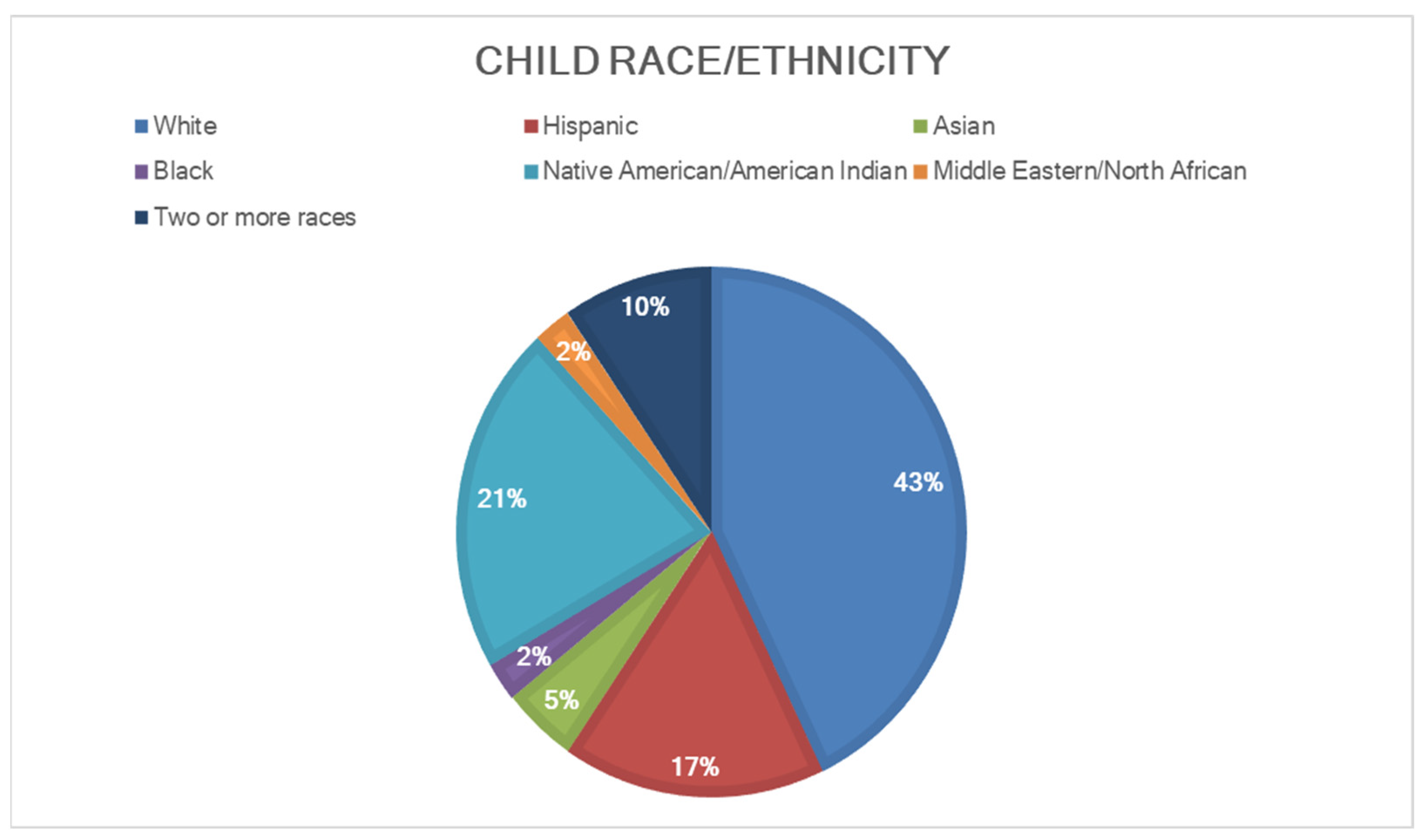
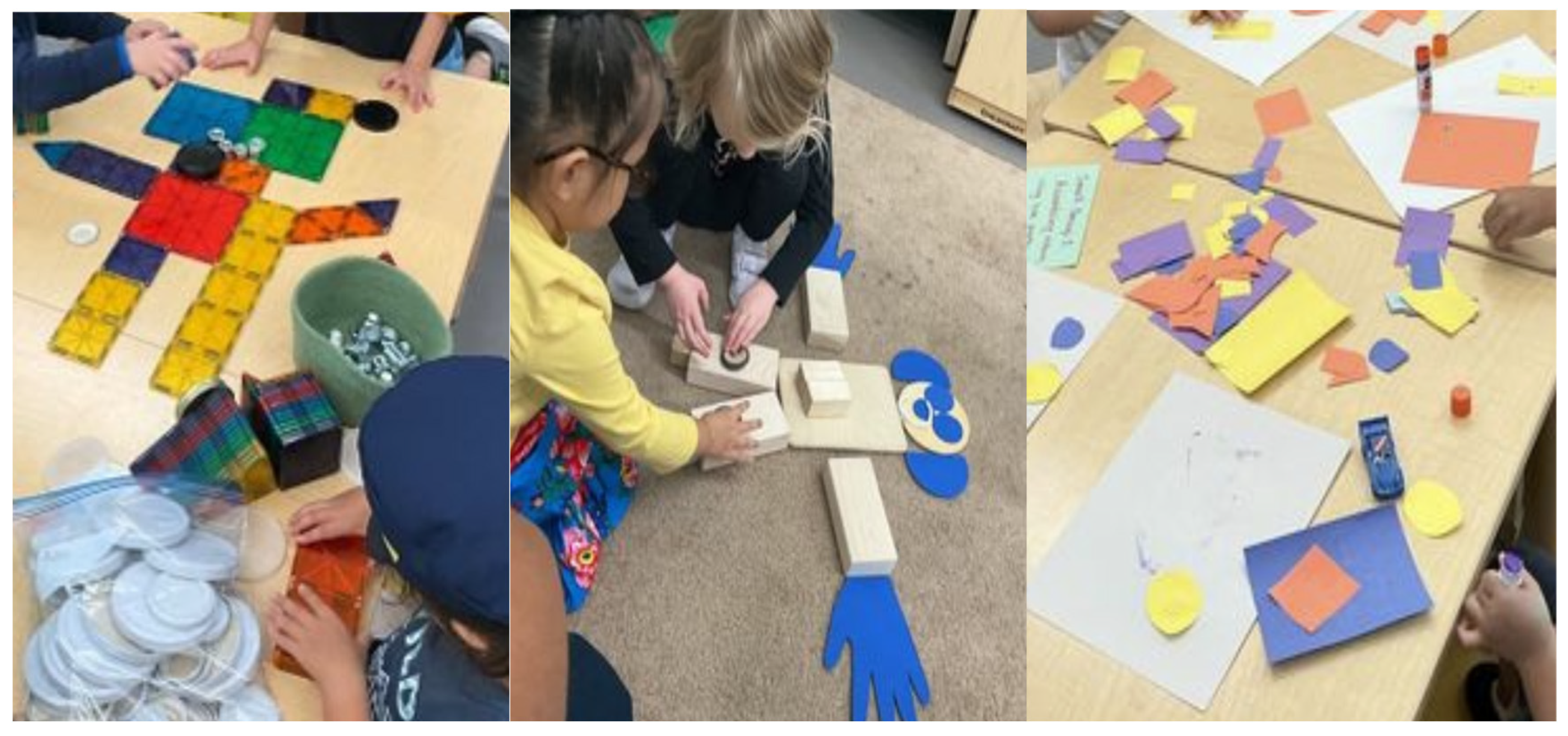
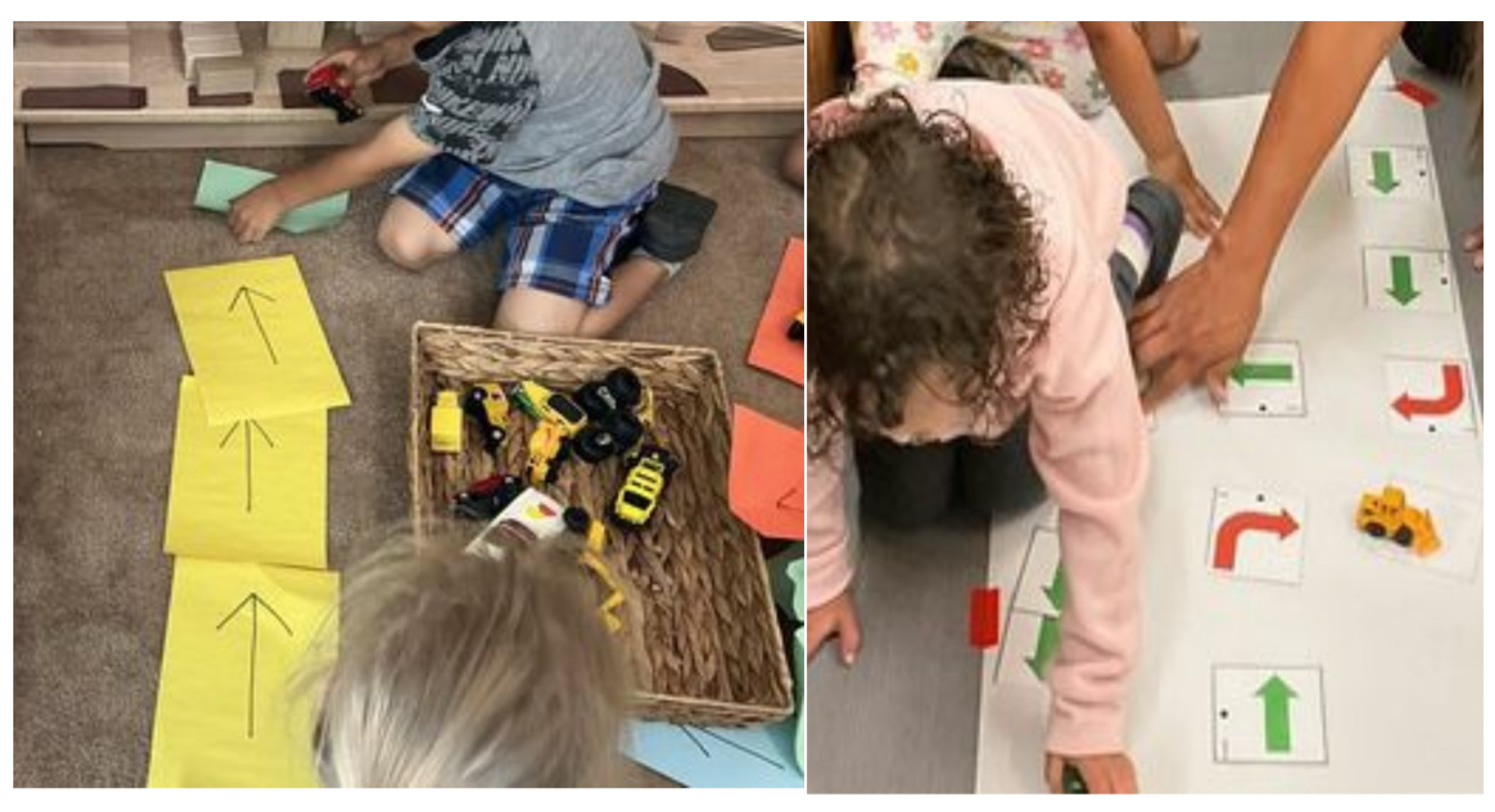


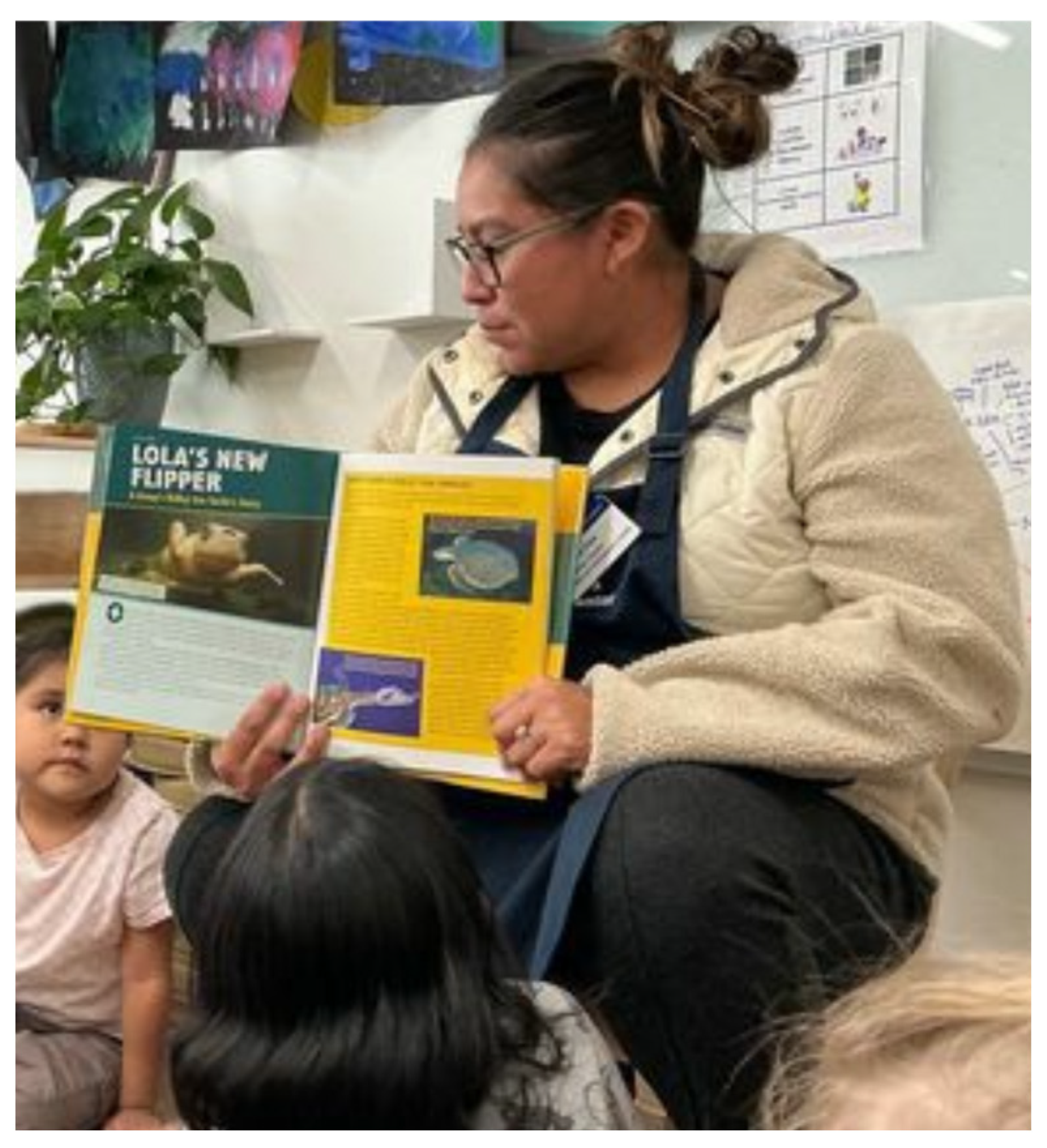

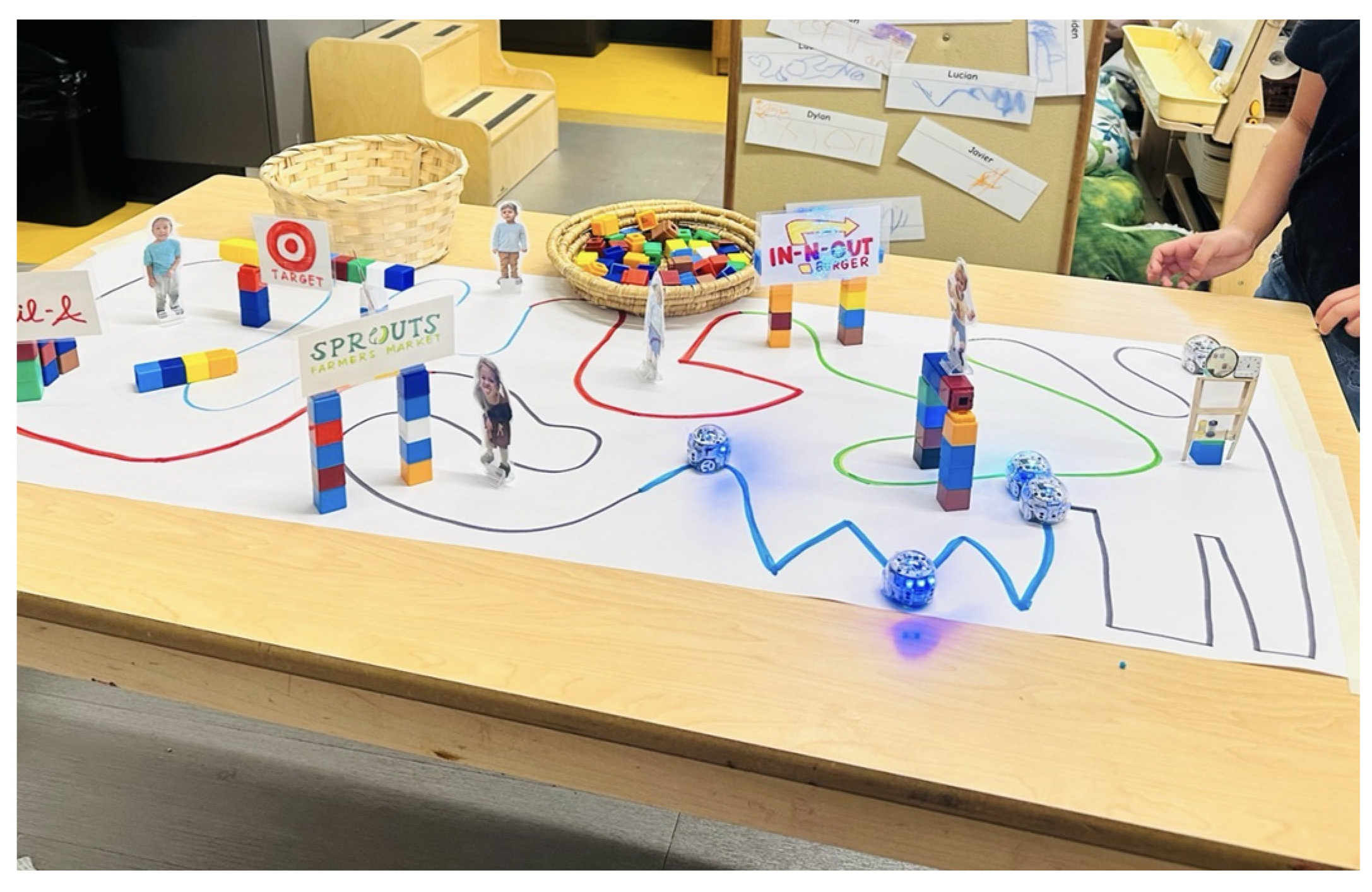
| Data Source | Description |
|---|---|
| Teacher Storyboards | Documentation of children’s engagement, dialog, and responses |
| Children’s Multimodal Compositions | Drawings, storytelling, videos, 2D and 3D representation connected to technologies |
| Teacher Reflection Journals | Teachers’ written reflections on technology integration |
| Parent Feedback | Insights from families about children’s engagement with technology |
Disclaimer/Publisher’s Note: The statements, opinions and data contained in all publications are solely those of the individual author(s) and contributor(s) and not of MDPI and/or the editor(s). MDPI and/or the editor(s) disclaim responsibility for any injury to people or property resulting from any ideas, methods, instructions or products referred to in the content. |
© 2025 by the authors. Licensee MDPI, Basel, Switzerland. This article is an open access article distributed under the terms and conditions of the Creative Commons Attribution (CC BY) license (https://creativecommons.org/licenses/by/4.0/).
Share and Cite
Damjanovic, V.; Branson, S. Empowering Diverse Learners: Integrating Tangible Technologies and Low-Tech Tools to Foster STEM Engagement and Creativity in Early Childhood Education. Educ. Sci. 2025, 15, 1024. https://doi.org/10.3390/educsci15081024
Damjanovic V, Branson S. Empowering Diverse Learners: Integrating Tangible Technologies and Low-Tech Tools to Foster STEM Engagement and Creativity in Early Childhood Education. Education Sciences. 2025; 15(8):1024. https://doi.org/10.3390/educsci15081024
Chicago/Turabian StyleDamjanovic, Victoria, and Stephanie Branson. 2025. "Empowering Diverse Learners: Integrating Tangible Technologies and Low-Tech Tools to Foster STEM Engagement and Creativity in Early Childhood Education" Education Sciences 15, no. 8: 1024. https://doi.org/10.3390/educsci15081024
APA StyleDamjanovic, V., & Branson, S. (2025). Empowering Diverse Learners: Integrating Tangible Technologies and Low-Tech Tools to Foster STEM Engagement and Creativity in Early Childhood Education. Education Sciences, 15(8), 1024. https://doi.org/10.3390/educsci15081024






